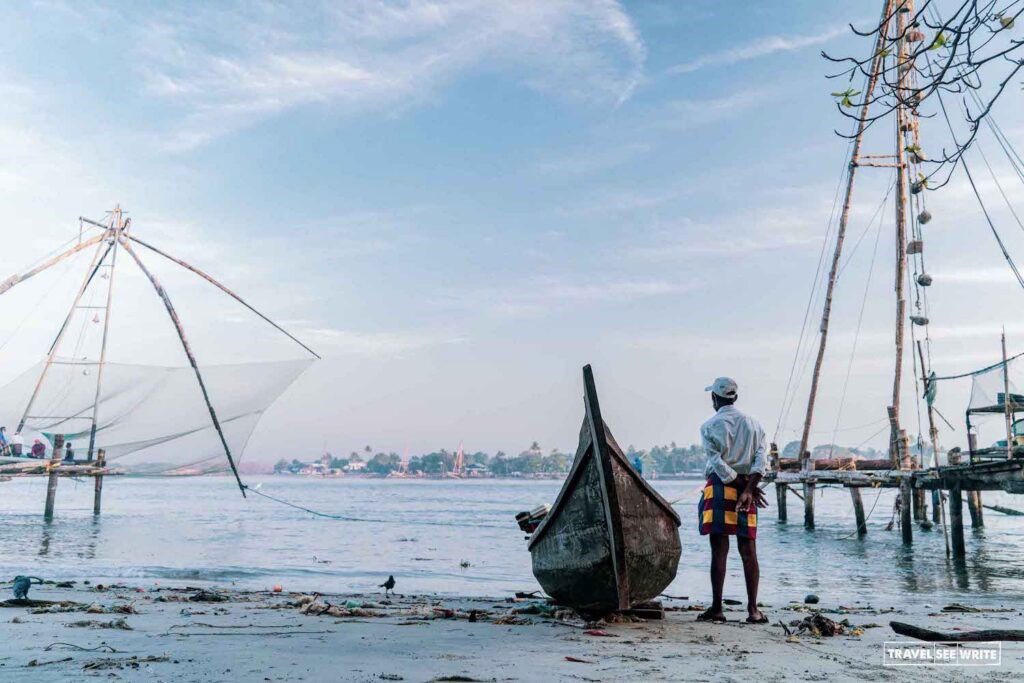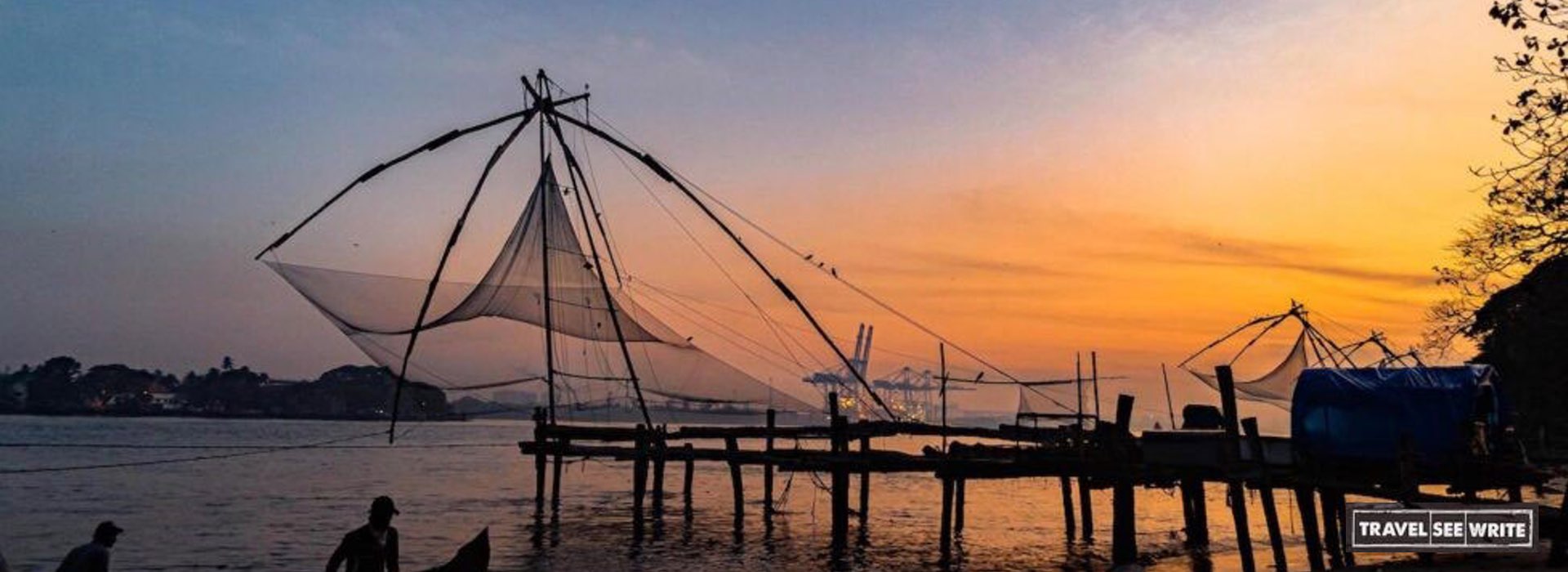
48 hrs in Kochi, Kerala. Is the Queen of the Arabian Sea Worth Visiting?
Are you planning a trip to Kerala and wondering whether Kochi (Cochin) is worth visiting or not? Read my complete travel guide answering all your questions, including the best places to visit in Kochi and Fort Kochi, where to stay, eat, and when to go.
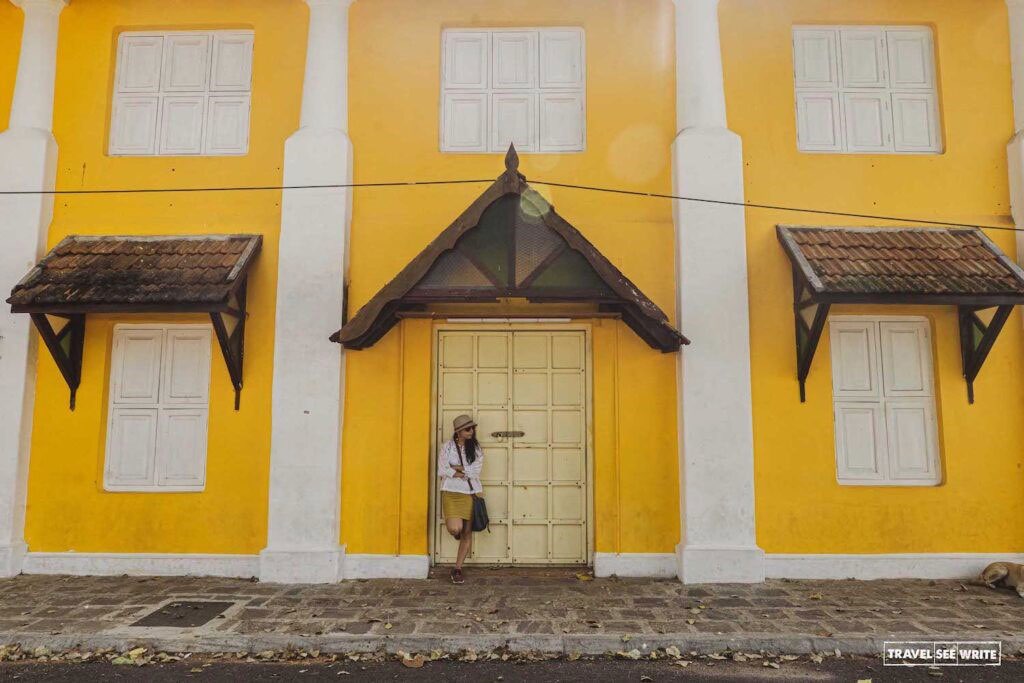
After spending a week in two different destinations - Bangalore and Coorg - I thought I had experienced two very unique holidays. Nothing could match them in my two-week-long South India Trip. In this post, I'll tell you why I fell in love with Kochi and what are the best things to do in Kochi in 2 days.
Table of Contents
- Is Fort Kochi worth visiting?
- When is the best time to visit Kochi?
- How many days are enough for Kochi?
- What are the best things to do in Kochi in 2 days?
- Learn the old fishing technique at the Chinese Fishing Nets.
- Marvel a glorious sunset at Fort Kochi Beach
- Turn the history pages at Fort Emmanuel ruins.
- Explore the St. Francis Church.
- Visit the residence of Vasco De Gama.
- Santa Cruz Basilica - Pray at one of the oldest Catholic Churches in India.
- Go antique shopping in Jew Town.
- Paradesi Synagogue - attend a mass at one of the oldest synagogues in India.
- Mattancherry Palace - Get a peek into the lavish lives of the Kings of Kochi.
- Get culturally mesmerised at Kerala Kathakali Centre.
- Appreciate art at the Kochi Muziris Biennale
Is Fort Kochi worth visiting?
This was a question that grappled my mind when planning my trip to Kerala. I wanted to know what's special about Kochi that makes it a must-visit destination in Kerala. I must admit Kochi, also known as Cochin, is one of the most picturesque destinations on the southwest coastline of Kerala. Known as the Queen of the Arabian Sea, the city also flaunts one of the world's finest natural harbours. And, why wouldn't it? After all, it has been the centre of the world spice trade for many centuries. Old Kochi (presently called West Kochi) loosely refers to a group of islands which comprise Fort Kochi, Mattancherry, and Willingdon Island, among others. Fort Kochi is a small fishing village that became the first European township in India, where you can still see the vestiges of several cultures and ethnicities.
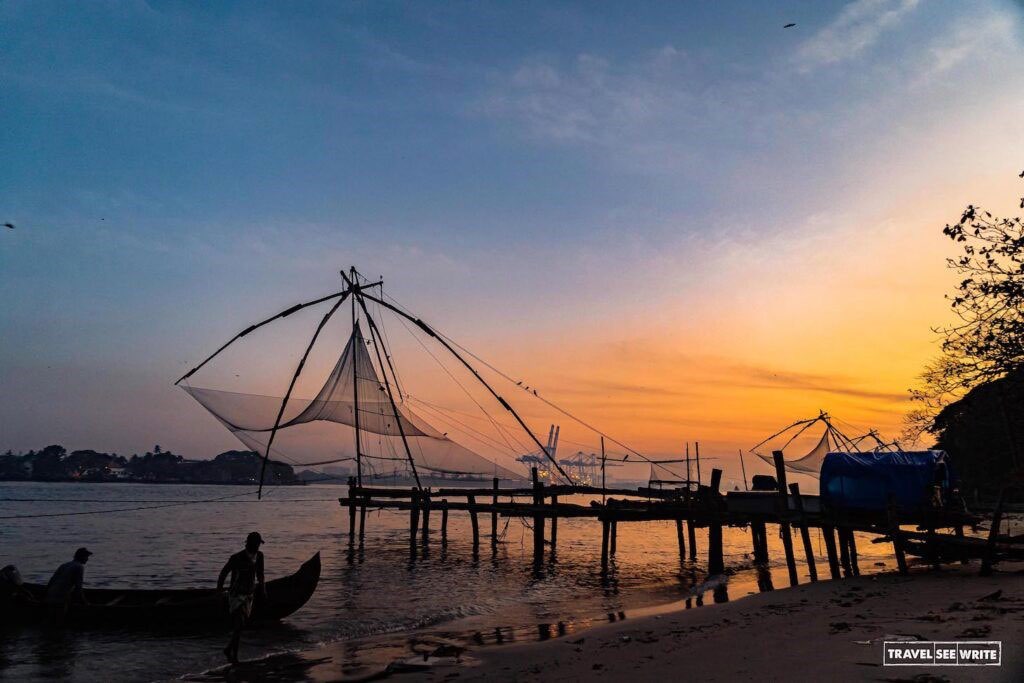
The city is also referred to as the gateway of Kerala because whether you plan to go to Alleppey, Thekkady or Munnar, your starting point will most likely be Kochi. And, if you want to go to Lakshadweep, your journey will also begin at Kochi. Therefore it makes sense to start at least a day or two here. There are many things to do in Fort Kochi, so here is a travel guide curated by me to help you plan your time in this historic city.
Fort Kochi is a cultural vessel shaped by many historical influences dating back to 2000 years. Its streets exude that old-world charm. The Jewish, Arabs, British, Chinese, Dutch, and Portuguese all impacted the history and development of Cochin. At Kochi, you see a hodgepodge of cultures and traditions co-existing with ease - whether the Catholics of Kerala, Kashmiris, Jews, Konkanis, Gujaratis or Marwaris. The English claimed Cochin as “Mini England”, The Dutch called it “Homely Holland'Holland' and the Portuguese referred to the port as “Little Lisbon”.
When is the best time to visit Kochi?
The best time to visit Kochi depends on your interests and what you are looking for in your travels. Most people prefer to visit between October and March as the weather is quite pleasant, ranging from 17 to 33 degrees Celsius. I was there at the beginning of March, and it was quite pleasant to explore the town on foot. But suppose you are someone who doesn't mind the heat and humidity. In that case, you can visit between April to June when the average temperature ranges from 20 to 37 degrees Celsius. The best part, it is a lean season, which means you can get better hotel deals. Lastly, plan your trip between July and September if you love the monsoon. The average temperature is between 24 to 27 degrees Celsius, and the city turns green. Also, a great time to get good hotel deals.

How many days are enough for Kochi?
If you are interested in exploring just the city's historical side, then I would say two days are enough for Kochi. But if you have time and want to explore the city and around at a slow pace, then 5-7 days should be good. I had two days in hand, and I could explore quite a bit in those two days.
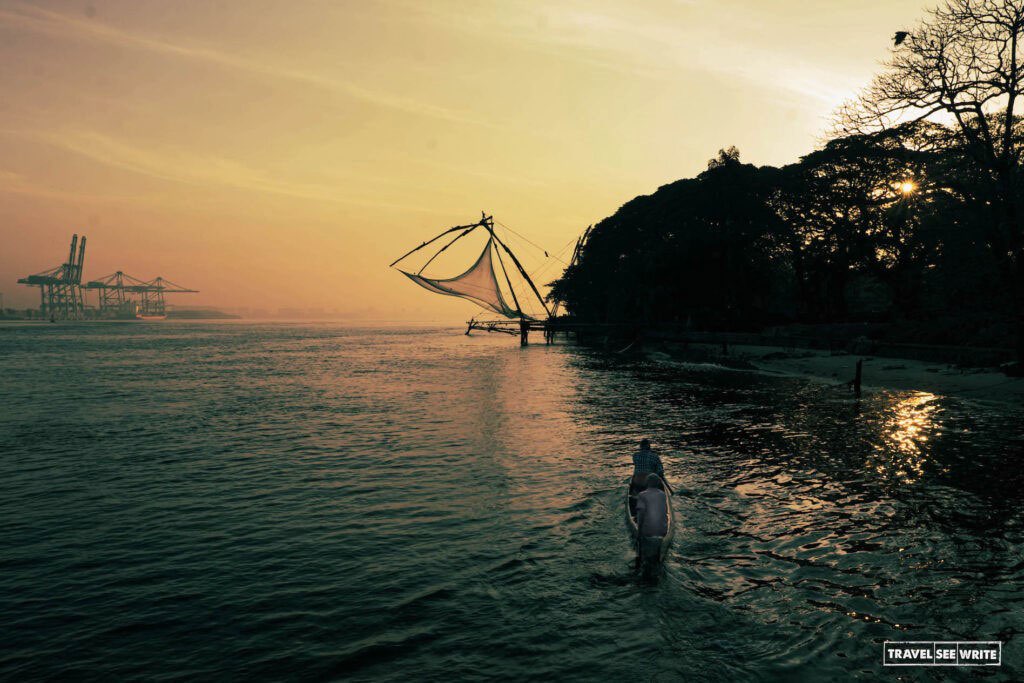
What are the best things to do in Kochi in 2 days?
Kochi is like a treasure trove filled with a historical and cultural richness reflected in its architectural marvels from different eras. I had a fantastic guide called Vijesh from day in kochi tours who made me experience the heart and soul of Fort Kochi and Mattancherry. Here are some of the places worth checking out if you are looking for ideas on how to spend 48 Hours in Kochi.
Learn the old fishing technique at the Chinese Fishing Nets.
The Chinese Fishing Nets are the most popular tourist sights in Kochi, so if you are only making a one day trip to Kochi, this should be number one on your list of things to do in Fort Kochi. Vijesh, my travel guide, said, “Many believe the name Co-chin means like China. The Chinese explorers who landed here in the Portuguese era installed these fishing nets that have since become the symbol of the place.” It is believed the first Chinese Fishing Nets were installed in Fort Kochi in the 15th century, and they are still in use. Refurbished several times since then, but their technique is still the same that the first traders used. If you want to see that old technique of catching fish, just head to the Vasco da Gama Square, a narrow walkway that runs along the Fort Kochi beach. The best time to visit the Chinese Fishing Nets and Kochi Beach is during the sunset time when the entire area glows in the golden light. Usually, the fisherman would expect a tip of 100-200 rupees for letting you take pictures of their nets. As you step outside of the Chinese Fishing nets boats, you are greeted with stalls for food, local drinks, souvenirs etc. There are a few benches as well for sitting.

Marvel a glorious sunset at Fort Kochi Beach
One of the most prominent Fort Kochi tourist places is Fort Kochi Beach, next to the Chinese Fishing Nets. Equally popular among tourists and locals for evening walks, this beach might be small but has many unique factors that differentiate it from other beaches in Kerala or Goa. The presence of the Chinese fishing nets is definitely a highlight. The presence of giant old trees and the greenery on the promenade adds to the serenity of the beach. The seafood, the Vasco da Gama Square adjacent to the beach, a lighthouse and a granite walkway are other attractions that make this place a must-visit place in Kochi. The remains of Fort Immanuel can also be seen here.
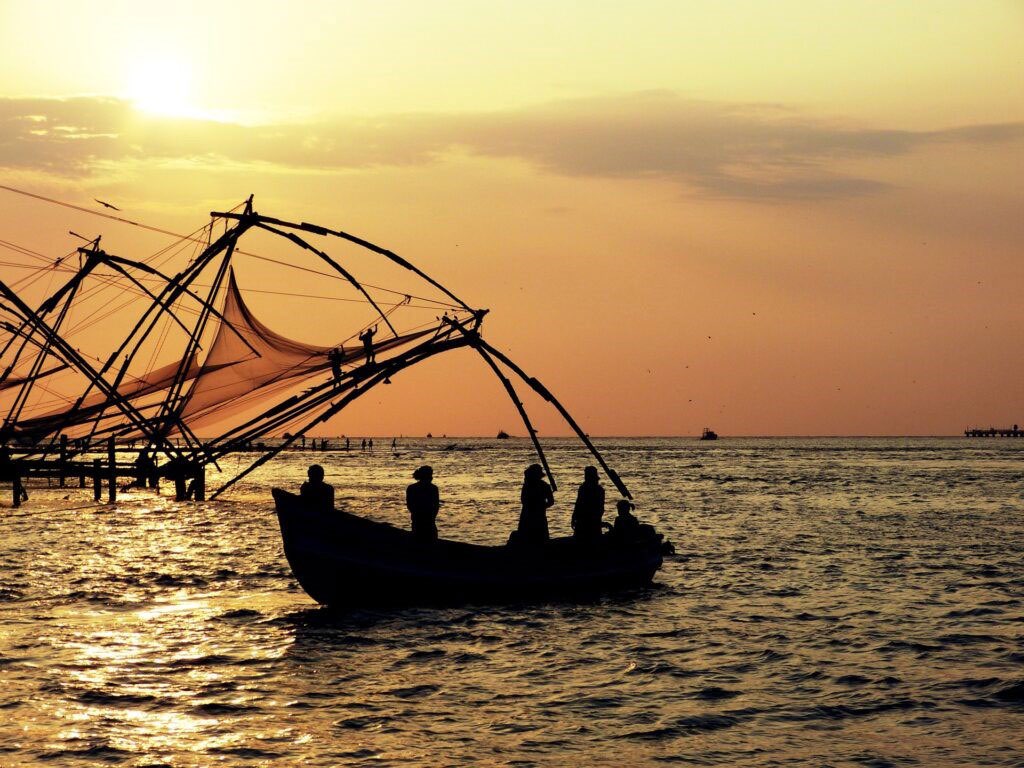
If you happen to travel to Kerala during the new year, don't forget to attend the famous Cochin Carnival on New Year's Eve.
Turn the history pages at Fort Emmanuel ruins.
The origin of Fort Kochi's name lies buried under the ruins of this Portuguese fort which was also one of the first in Asia. It was the first place where Europeans set their first foot, and it became the battleground for Europeans. Fort Emmanuel was built twice by the Portuguese and then by the Dutch.
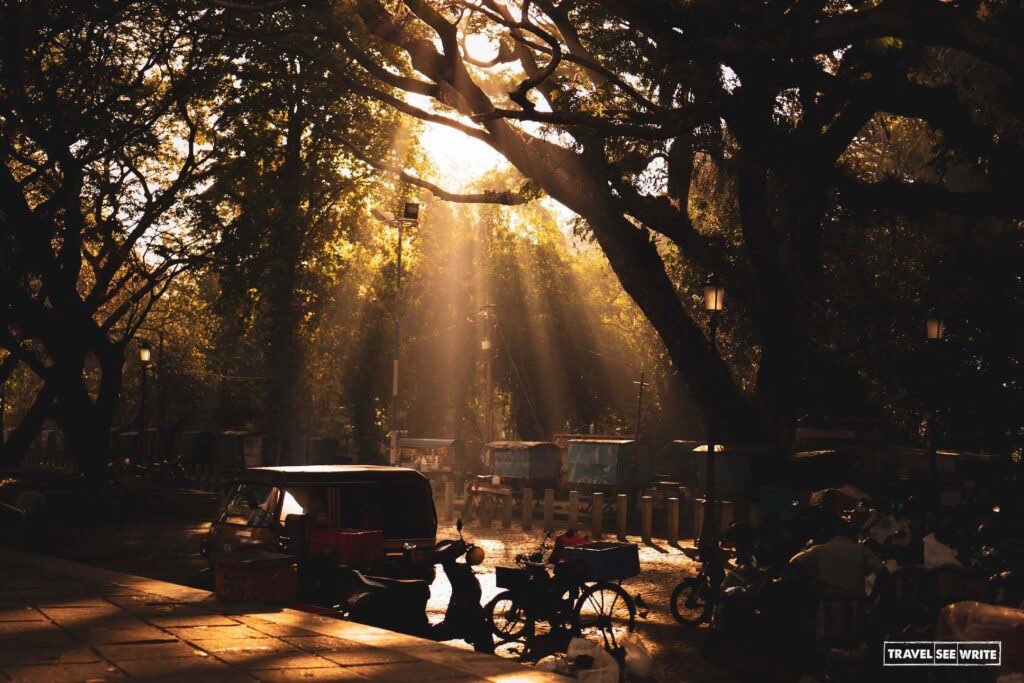
Explore the St. Francis Church
Initially built in 1503, St. Francis Church is popularly known as the first church Europeans built in India and has enormous historical relevance. Interestingly, it has served as a Roman Catholic church, a Dutch Reformist church and an Anglican church during different eras depending on the European nation in power at each given time! St. Francis Church became a mecca for travel buffs worldwide because the Portuguese explorer Vasco Da Gama was first buried here after his death in Kochi in 1524.
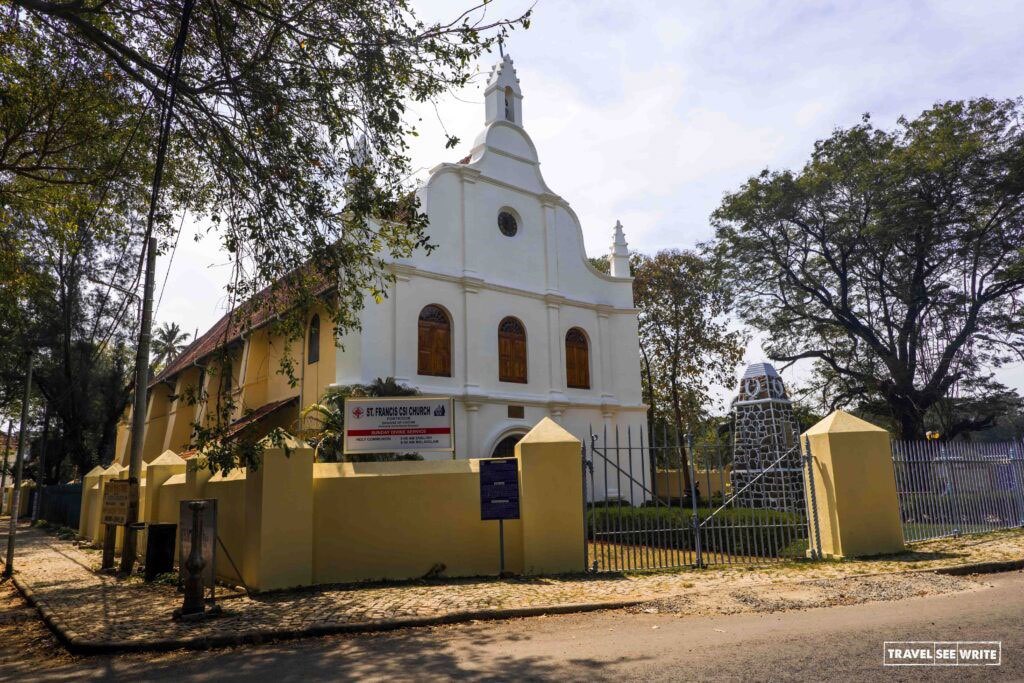
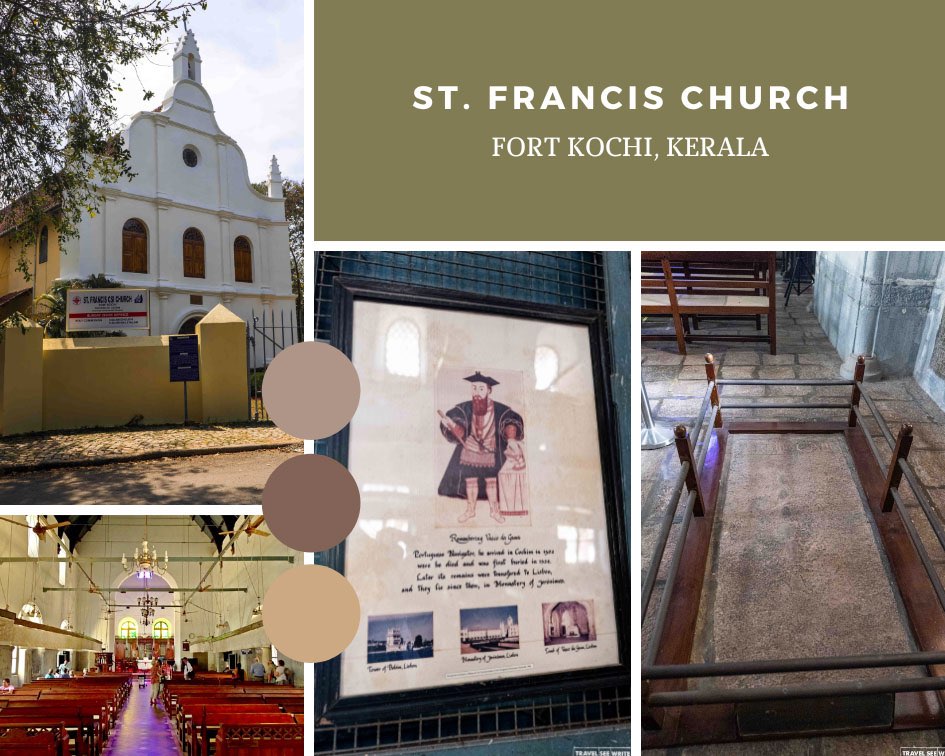
Visit the residence of Vasco De Gama
Behind the St. Francis Church on Rose Street is Vasco House, which is believed to have been the residence of the great Portuguese explorer, Vasco da Gama. Vasco House is one of the oldest Portuguese buildings in Fort Kochi, built in the early sixteenth century. Vasco House sports the typical European architecture - white paint, high wooden ceilings, old stone-staircase, large glass windows and balcony cum verandahs characteristic of those times. Today, Vasco House is converted into a homestay with all modern amenities and is owned by Santosh Tom. The story around the building has made it one of the top Instagramable spots in Fort Kochi.

Santa Cruz Basilica - Pray at one of the oldest Catholic Churches in India.
Located on Bastian Street, Santa Cruz Basilica is one of the oldest Catholic Churches in India and one of the eight basilicas in Kerala. It is one of the few buildings built by the Portuguese here that the Dutch spared. Later, demolished and rebuilt by the British in the 19th century, it was proclaimed a basilica by Pope John Paul II in 1984. Built originally in the gothic style by the Portuguese, it is an interesting piece of architecture and artistic grandeur - one of the must-see places for every visitor to the city!

Go antique shopping in Jew Town.
Sandwiched between Mattancherry Palace and the 14th-century Paradesi Synagogue, Jew Town is a living testimony of Kochi's rich Jewish legacy. Once a spice market, Jew Town today is an eye-catching touristy place in Kochi for those of you always on the lookout for antiques, quirky art pieces, handicrafts, jewellery, clothes, souvenirs, and fusion food for curious tourists. It's a great shopping place in Kochi. The small market is full of stunning art pieces with a rich history and exciting stories.
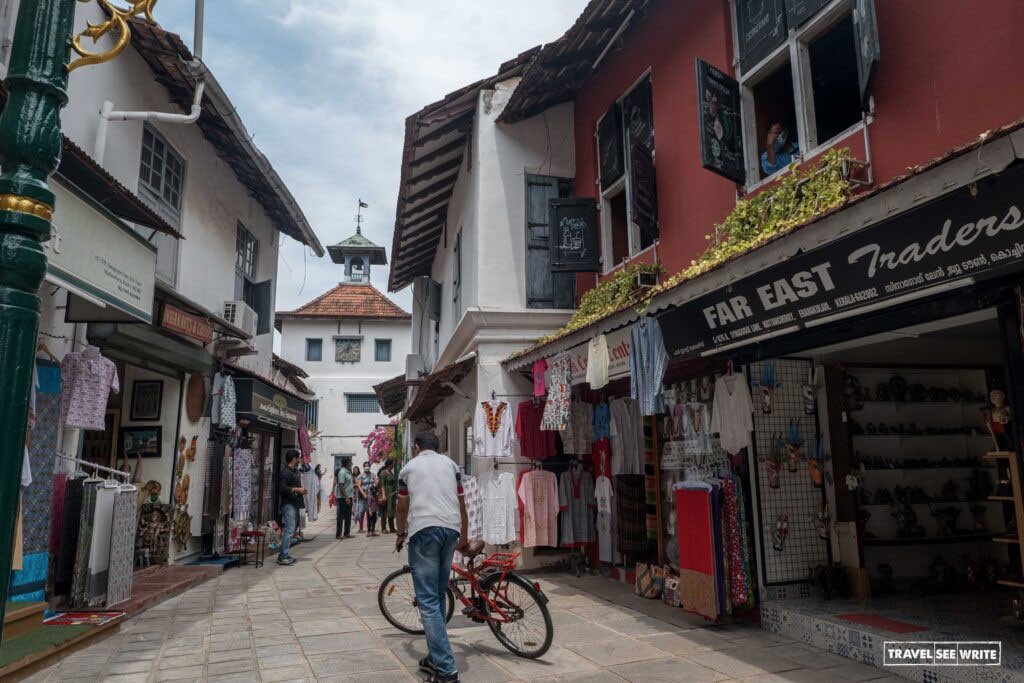
One of the best things to do in Kochi in 2 days is to visit the Jew Town
Paradesi Synagogue - attend a mass at one of the oldest synagogues in India.
One of the most remarkable landmarks of Kochi is the 14th-century synagogue that is open to visitors every day except Fridays, Saturdays and any Jewish holiday. The Jewish synagogue was built in 1568, almost 1500 years after the beginning of the Jewish connection with Kerala. Like other buildings in Kochi, the synagogue was destroyed by the Portuguese in 1662 and then reconstructed two years later by the Dutch. Vijesh told me that Paradesi is one of the oldest synagogues in India that still holds mass. Kochi once had a large Jewish population that has been dwindling for decades, and in 2015 there were only 6 Jewish members left in the city.
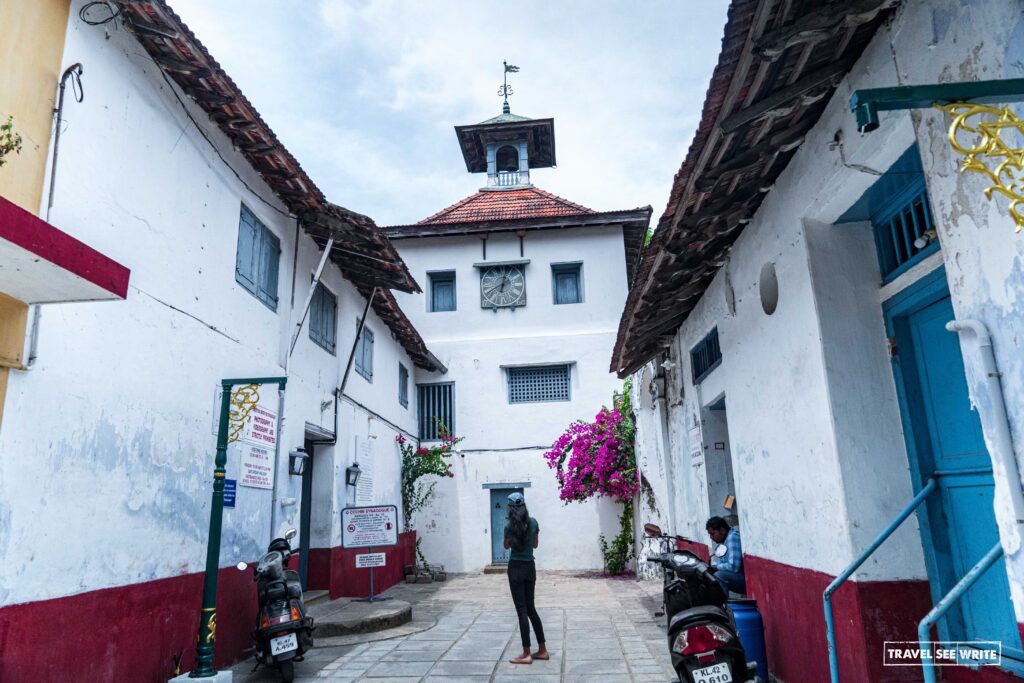
Mattancherry Palace - Get a peek into the lavish lives of the Kings of Kochi
Also known as Mattancherry Palace, the Dutch Palace was built by the Portuguese in the 16th century. Later, it was presented to the King of Kochi and renovated by the Dutch in the 17th century. Now converted into a museum, it houses a great collection of portraits of Maharajas, mythological murals, old Dutch maps, royal palanquins and period furniture.
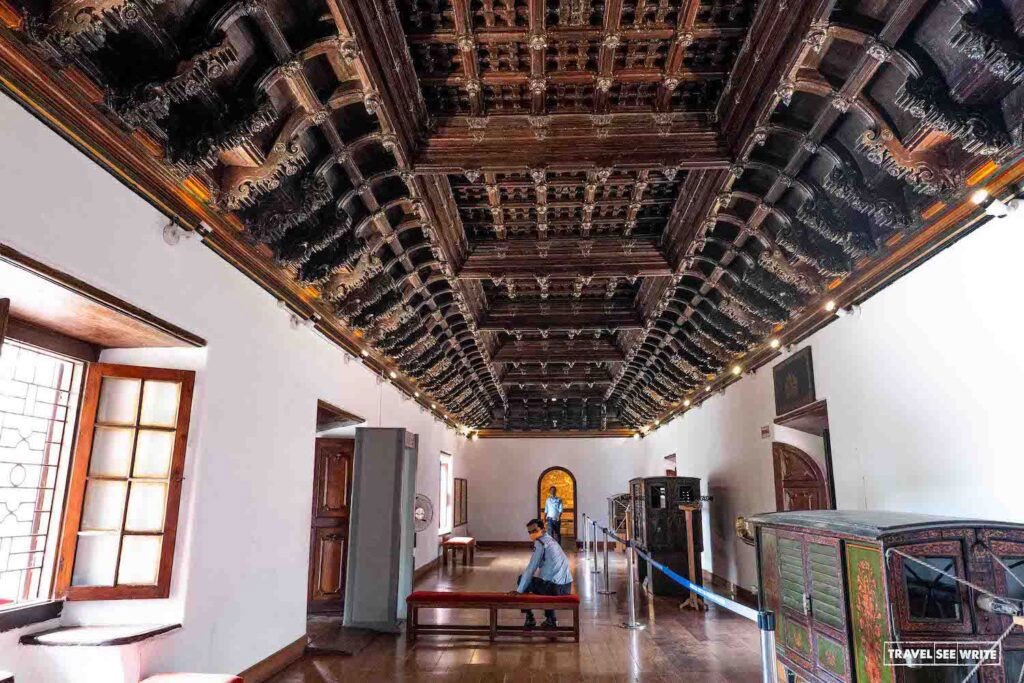
Get culturally mesmerised at Kerala Kathakali Centre
My trip to Kerala would have been incomplete without watching a performance of Kathakali, a traditional dance form from the 17th century. And the most popular and famous place to watch Kathakali in Kochi is Kerala Kathakali Centre, situated on KB Jacob road near Fort Kochi. Built as a traditional arts centre, this place has daily performances of Kathakali, Kalaripayattu, and other classical dance and music forms. And, don't forget to reach half an hour before the performance to see the elaborate make-up process that takes roughly three hours.
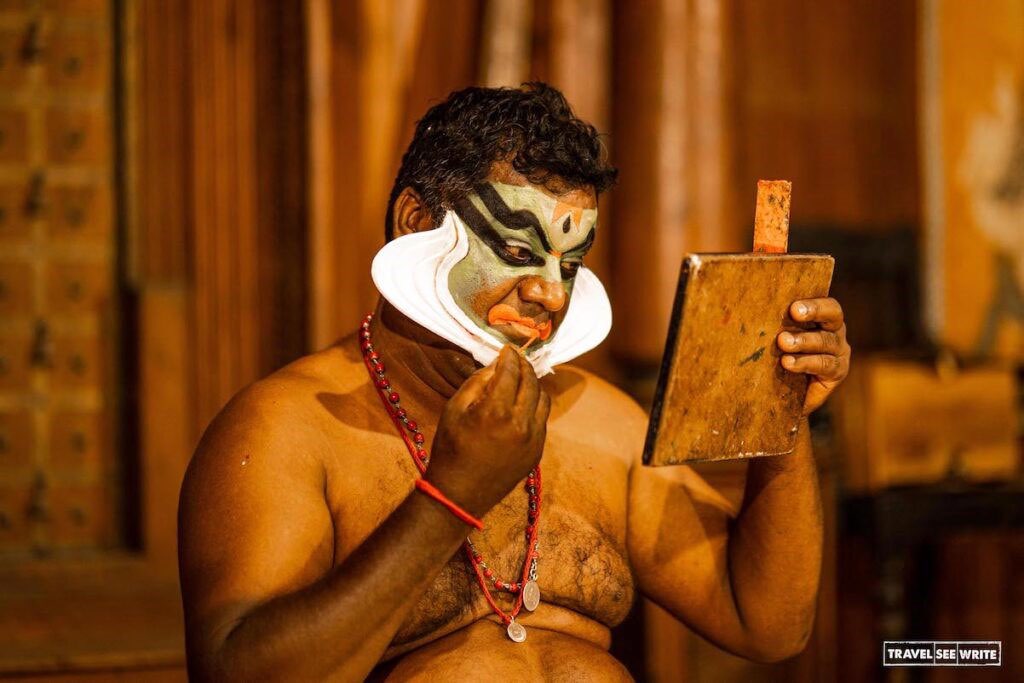
Appreciate art at the Kochi Muziris Biennale
Kochi has a great art culture, and every two years, the city celebrates the Kochi-Muziris Biennale. It is the largest contemporary art exhibition in India and the first of its kind held in the country. Indian and international artists exhibit artworks across various mediums, including film, installation, painting, sculpture, new media, and performance art. Alongside the exhibition, one can attend talks, seminars, screenings, music, workshops and educational activities for school children and students.
Where to stay in Kochi?
Kochi is one of Kerala's biggest and most densely populated cities; therefore, plenty of stay options. You can choose from Fort Kochi, Mattanchery, the mainland Ernakulam, the suburbs of Edapally, Kalamassery and Kakkanad to the suburb of Tripunithura. Too many options often lead to confusion. Therefore it becomes a tricky task to choose the best place to stay in Kochi.
How to get to Fort Kochi
There are four ways to get from New Delhi to Kochi - by plane, train, bus or car. Like most tourists, I arrived in Kochi on a flight that takes around 3 hrs 10 mins and costs between 5000 to 12000 INR. The nearest airport to Kochi is Cochin International Airport, located about a 1-hour drive from Fort Kochi. In peak hours, it can take more than 2 hours to reach the hotel or vice versa. The train is the cheapest mode to reach Kochi but takes around 43-hours and costs anywhere between one thousand rupees to five thousand rupees. The bus will take 2 days 12 hours, and would cost anywhere between 5000 rupees to 8000 rupees. If driving nonstop, it would take you approximately four hours and cost anywhere between 19000 to 30,000 rupees.
Getting in and around Fort Kochi
If you are planning to explore only Fort Kochi, you don't need transportation as it is quite a small area that you can easily explore on foot. To explore other parts of the city, you can get an Uber or an autorickshaw or even a ferry. Also, check Kochi's new metro line. Keral's first metro rail runs from Aluva to Petta (22 stations) and only has one line. As of now, the Kochi metro doesn't reach Fort Kochi, but there are plans to expand it over the years. The nearest metro stations to Fort Kochi are Maharaja College Metro Station and M G Road Metro Station. Both are approximately 3 km away from Fort Kochi.
